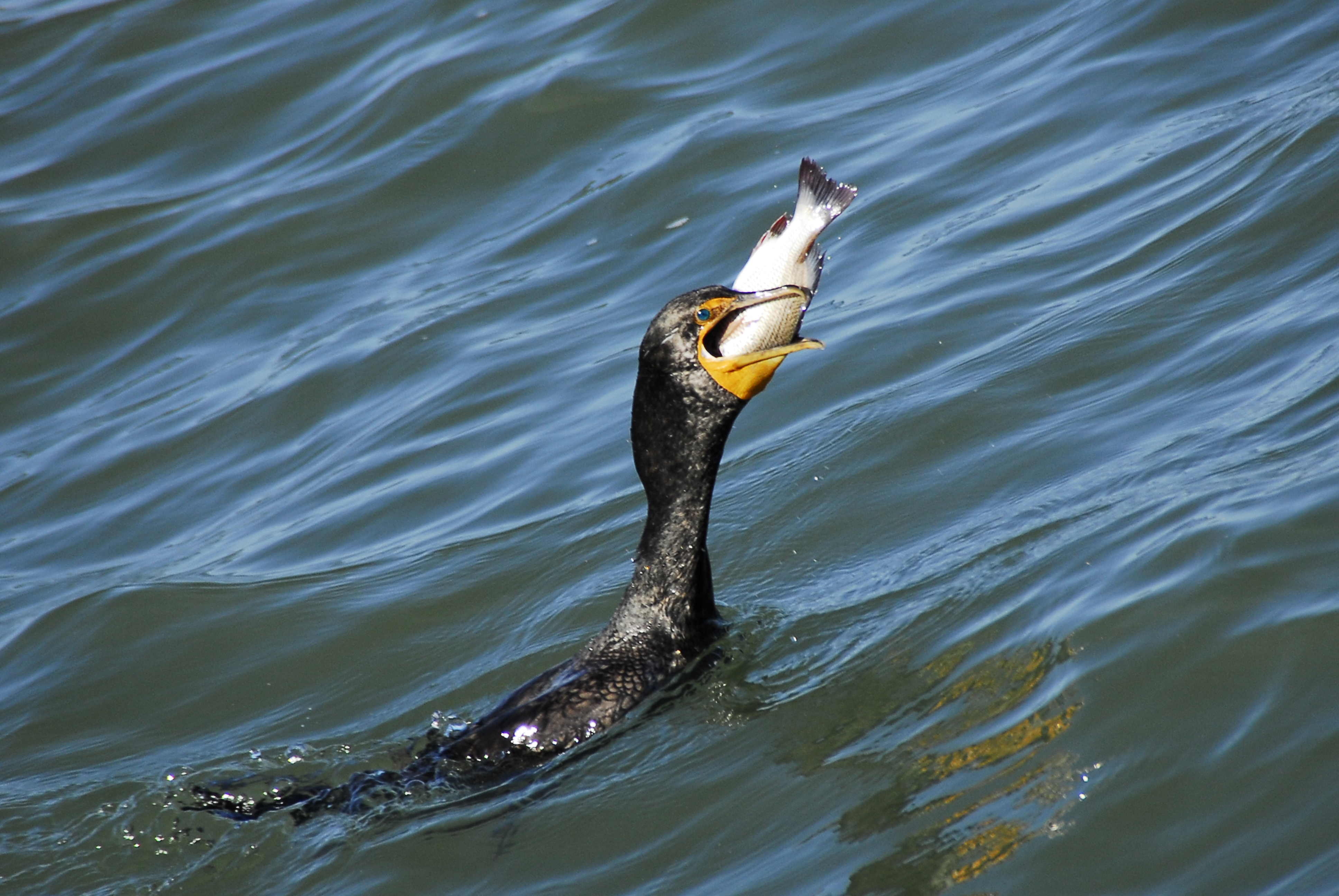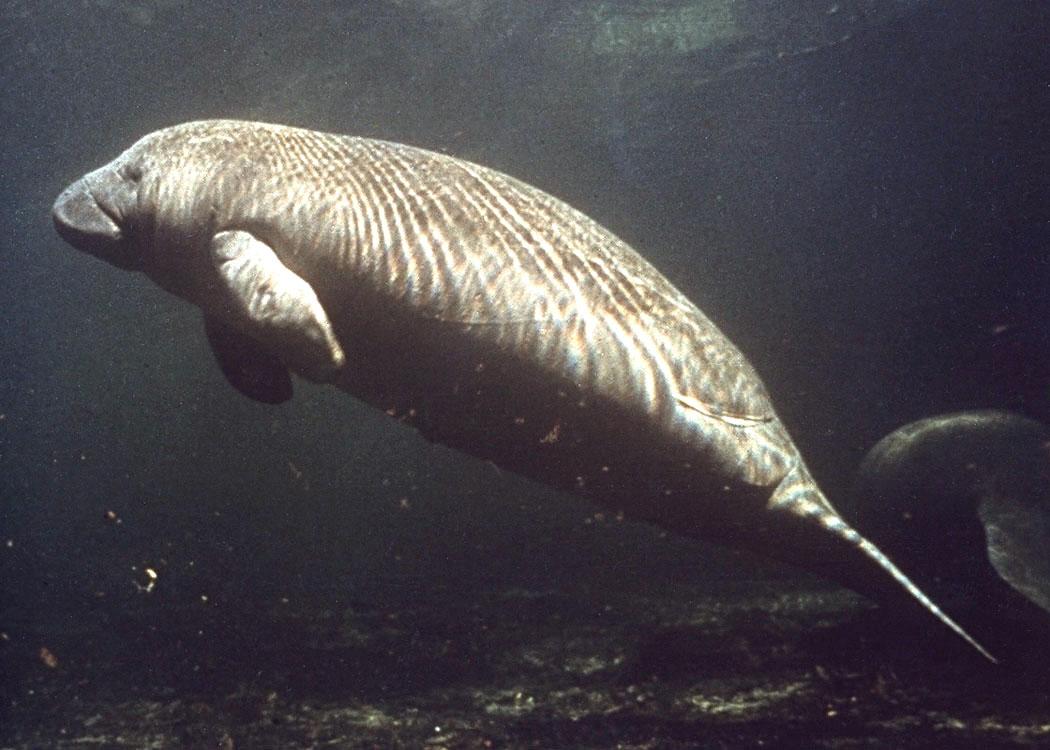INDIAN RIVER LAGOON, Fla. – In late March of this year, the National Oceanic and Atmospheric Administration (NOAA) officially described the increase in deaths among Florida manatees- a subspecies of the West Indian manatee – as “an unusual mortality event.”
Like whales, Florida manatees are large marine mammals. Warm rivers, estuaries, and tidal creeks with seagrasses provide their ideal home. They are concentrated in Florida but their range extends along the Gulf Coast and the Western Atlantic seaboard to South Carolina. Depending on the season, they have been spotted as far away as Texas, Massachusetts, and Cuba.
Since 1991, NOAA has declared 71 marine mammal unusual mortality events. The current surge in manatee deaths shows a breakdown in the interdependent web of life.
Ally Greco, of Save the Manatee, an advocacy organization founded by renowned singer/songwriter, Jimmy Buffett, and former U.S. Senator and Florida Governor, Bob Graham, described manatees as “a key indicator species for the health of ecosystems like the Indian River Lagoon. They eat plenty of vegetation, including invasive plants which is a good thing, and they help to fertilize the surrounding environment with their poop. Many habitats are protected because of manatees’ presence, and in turn, those habitats protect other things such as juvenile fish, shrimp, etc. in mangrove environments. If we protect manatees and their habitat, we protect many other species, including ourselves!”
Manatee defecations provide the nutrients for their food source. This exchange recycles nutrients and balances nature.
Animists may want to consider each ecosystem as a living being. Each species therein is interrelated and interdependent on its other species.
Since March 19 of this year, 539 manatees had died, or nearly seven manatees a day. In 2020, about 637 manatees died. Because of the COVID pandemic, at least 372 manatees had no autopsies. About 607 died in 2019. Over five years, manatee deaths averaged 146 from January to March.
The Miami Herald reported that about half of all Florida’s manatee deaths have occurred in the Indian River Lagoon, which is located on Florida’s central Atlantic coast and covers 156 miles. The lagoon draws aquatic life seeking warmer waters in the winter. Pollution, algae blooms, and human development have all contributed to the death of its seagrasses.

“The circle of life at the Indian River Lagoon. Photo credit: Andrea Westmoreland, CC BY-SA 2.0]
Save the Manatee has argued that the 2021 increase in manatee deaths resulted from a long causal chain, placing the blame on “human derelictions over many decades.” Those derelictions have resulted in a series of “harmful algal blooms,” which killed off the seagrasses and created a famine for manatees. As happens in human famines, manatees died.
By the mid-1900s, Florida’s waters held less than 500 manatees. In 1967, the Department of the Interior had put them on the Endangered Species List. Manatees began to rebound.
In 2017, the US Fish and Wildlife Service changed the Florida manatee’s status to threatened. According to the Fort Lauderdale Sun-Sentinel, the Florida Wildlife Commission has estimated the manatee population in Florida’s waters to exceed 8,000.
Colder waters in the winter of 2021 drove the manatees into the Indian River Lagoon. As the waters begin to warm this spring, manatees will move to warmer places with more seagrasses. The same pattern may repeat itself next year.
I’m not from Florida, what the hell is a manatee?
The average adult manatee or sea cow has a length of 9 to 10 feet and a weight of about 1000 pounds. A 1000 pound adult manatee will need to eat 100 pounds of seagrasses and other aquatic plants daily. Any disruption to their food supply places them at high risk for starvation.

West Indian Manatee off the Central Florida Coast. Photo Credit: NASA [Public domain]
Manatees lack natural predators. Greco noted that “We don’t know of any documented instances of sharks or alligators attacking live manatees in the wild. We do have records of manatees playing with alligators though!” Manatees and sharks have different habitats.
What threatens manatees?
Without natural predators, manatees face dangers from boat collisions, cold stress, habitat loss, and malnutrition resulting from pollution.
Manatees swim into the artificial canals of Florida. In those canals, fast-moving boats collide with manatees. Death from manatee-boat collisions in early 2021, however, showed no increases from prior years. Something else is driving the 2021 increase in manatee deaths.
Juveniles are the predominant victims of cold stress. This year, however, a large number of adults have died as well. During this winter, Florida water temperatures dropped below 68o F (20o C) several times. This created cold stresses for the manatee population.
According to the Fort Lauderdale Sun-Sentinel, floodgates kill some manatees. Most floodgates have sensors to prevent closing on large fish or human swimmers but not all. Floodgates without sensors killed 11 manatees in 2020.
Manatees tend to group together in winter in places like the Indian River Lagoon. That lagoon has suffered from increased nutrient pollution. Nutrient pollution occurs when fertilizer runoffs end up in waterways.
National Geographic reports that “Almost two and a half million pounds of nitrogen and phosphorus from agricultural chemicals, lawn fertilizers, and leaky septic tanks flow into the lagoon each year.”
Fertilizer runoffs lead to algae blooms. Those blooms block the sun’s light and absorb large amounts of oxygen in the water. Without light and oxygen, aquatic plants are unable to photosynthesize. An ecological cascade of failure begins. Many dead adult manatees show signs of starvation.
Interventions
Florida’s Department of Environmental Protection has issued orders to surrounding localities to reduce their discharge of nitrogen and phosphorus by 2030.
In 2016, voters approved a $300 million tax to fund a cleanup project for the Indian River Lagoon. This project involves natural cleaning systems such as mangroves and oyster beds.
The Florida Fish and Wildlife Commission has developed a technique to save individual manatees. When rescuers identify a starving manatee, they capture it with a net. Those rescuers then take the injured manatee to a fish hospital. When the manatee regains their health, the rescuers return it to its place of capture. Then they release it. Rescuers have sometimes completed this process in a month.
Save the Manatee has also worked with the Manatee Rescue and Rehabilitation Partnership to release rescued manatees into the Blue Spring State Park. It has warm waters and lots of seagrasses. That park lies between Orlando and Daytona Beach.
Jaclyn Lopez, of the Center for Biological Diversity, told the Fort Lauderdale Sun-Sentinel that she expects manatee deaths to increase as their population increases. This does not mean ignoring dangers such as boats, algal blooms, and loss of seagrass.
Lopez said, “Those are things if we don’t get a handle on, yeah, we might see more manatees in the short term,” she said, “but we have the potential to have a catastrophic collapse as well.”
For more information on manatees and how to help, please visit Save the Manatee.
The Wild Hunt is not responsible for links to external content.
To join a conversation on this post:
Visit our The Wild Hunt subreddit! Point your favorite browser to https://www.reddit.com/r/The_Wild_Hunt_News/, then click “JOIN”. Make sure to click the bell, too, to be notified of new articles posted to our subreddit.